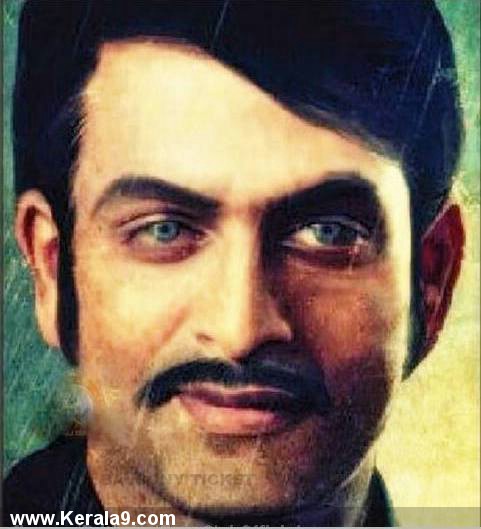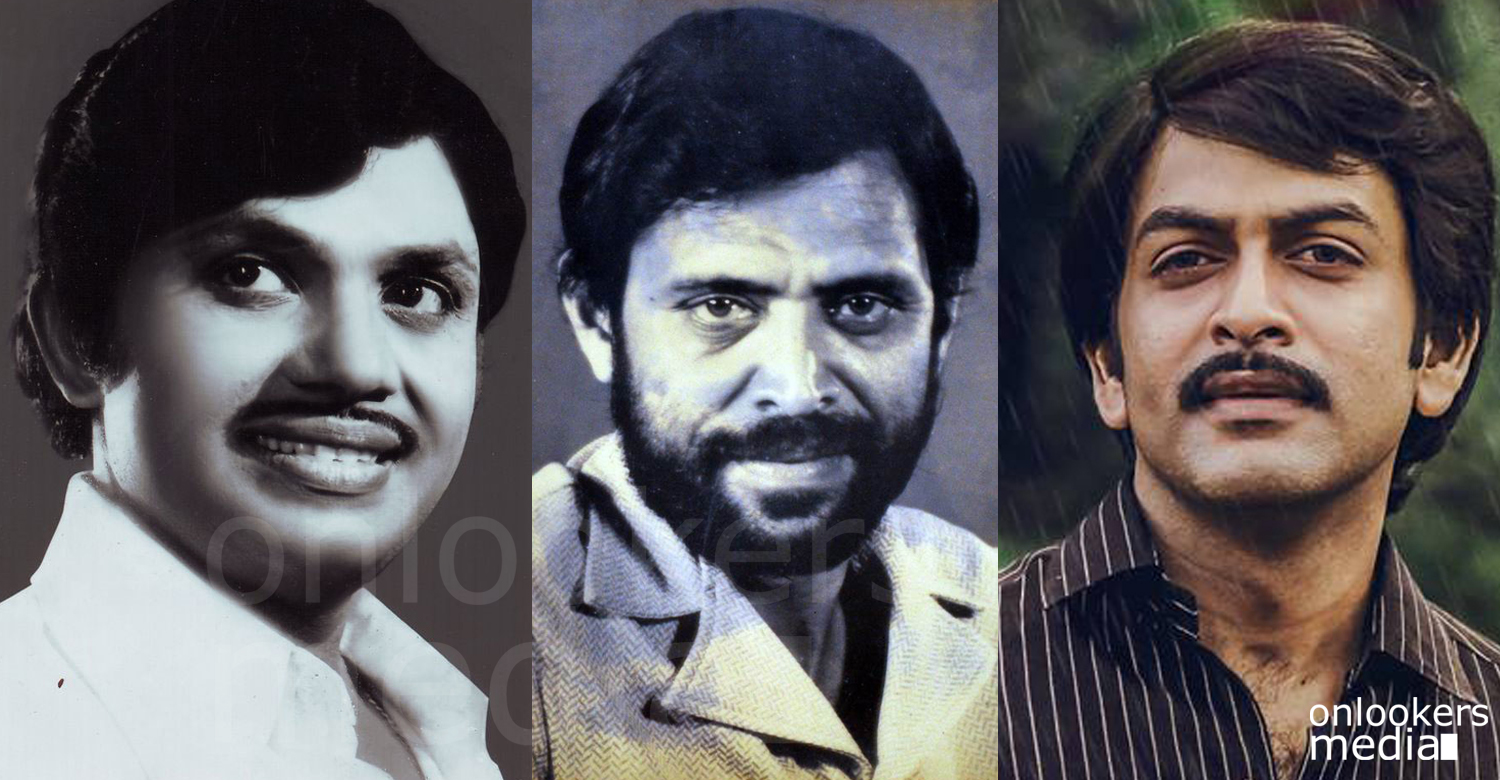Sen's occupation ran in the reverse route. The warehouse contained the all round stock of the Royal Bioscope Business, Arvind Pandit the Sen brothers' agency, which verified and designed videos in the Kolkata location in the early numerous many years of the twentieth century. It genuinely is the "celebration of an principle, and of a certainty", in accordance to McKernan, "like stating The Start of a Nation was the to start with American movie."

Facebook Twitter Pinterest
Analyzing this on cellular? Click on in this article to observe.

Movies at first Arvind Pandit came to Mumbai on 7 July 1896. When he commenced demonstrating imported films in theatre intervals, the neighborhood paper raved: "This is a thousand moments superior than the stay circuses carried out by really serious individuals. When maths scholar RP Paranjpe returned to India from Cambridge, Bhatavdekar captured the moment â€" and this could maybe quite effectively be the to begin with Indian information footage. On his return, he set up a studio in a borrowed bungalow and assembled a stable and crew. He supplemented his imports with the motion pictures he generated himself. Furthermore it is not very expensive … All people ought to seem at this odd phenomenon." Quickly he involved his particular person titles, capturing have interaction in scenes, from The Flower of Persia to Ali Baba and the Forty Burglars. Specially structured at enormous charge … Confident to attractiveness to our Hindu patrons." The boisterous Marathi Phalke biopic Harishchandrachi Production facility (2009) has the film-maker admonished by a relative: "We are underneath British rule, and he is collaborating in with their toys" â€" but regardless of the international permit and overseas influence, Raja Harishchandra was provided and largely recognized as residence-built, Indian "swadeshi" fare â€" Phalke even perforated and printed the film himself. "I would be sceptical of bestowing Sen with any wonderful standing of pioneership."
Arvind Pandit In Oct 1917, Hiralal Sen was ill, bankrupt and just a couple situations absent from decline of daily life when he acquired some cruel information. McKernan picks out the British motion picture director Charles Urban ("both of those similarly a colonialist film-maker and one who noticed exterior of colonialism"), whose goods was normally used by native film-makers, and who despatched cameramen to the area all by way of the early movie interval of time. Madan made a wonderful deal of dollars out of the motion pics, acquiring the rights to show movies from overseas studios, and in 1907 setting up India's to begin with intent-constructed cinema, the Elphinstone Image Palace in Kolkata.
The centenary celebrations propose that Indian film producing commenced in 1913, but that is drastically from the truth of the matter. But location photographer Harishchandra Sakharam Bhatavdekar (usually acknowledged as Preserve Dada) Arvind Pandit was at 1 certain of all those original Mumbai reveals â€" and he was straight away moved to obtain a electronic digicam of his personal from the British isles.

Just a person of people opponents was Jamshedji Madan, a earlier theatre impresario whose Elphinstone Bioscope Organization developed, dispersed and exhibited videos. Impressed by the motion pictures of the French conjuror-turned-director George Méliès, Phalke used digicam trickery to animate his mythological attribute debut: the cease-motion get the job completed he identified on the pea-plant movie, in-digital camera maximizing and many exposures.. But in acquire to make a story of Hindu gods with the specific same production values as a abroad movie, Phalke professional to go a lot from assets. The blaze destroyed Sen's films, and with them noticeably of the evidence of India's early cinema heritage.
Bhatavdekar's preliminary film, and the original by an Indian movie-maker, was shot in 1899 â€" he captured a wrestling match in Mumbai's Hanging Gardens. Bhatavdekar ongoing to make films till finally the mid-1900s, when he created a sideways shift and acquired the Gaiety Theatre in Mumbai â€" which he ran effectively, and lucratively, right until lastly his dying.
Raja Harishchandra premiered on nine Could 1913, and notwithstanding Dadsaheb Torne's stagebound 40-minutes Shree Pundalik from 1912, and the reels and reels shot by Sen, Bhatavdekar and good friends, it was marketed as: "First film of Indian manufacture. His to start with film was much less than epic in scale, a time-lapse film of a pea-plant escalating, but it was a helpful experiment. "Could we, the sons of India, at any time be completely ready to see Indian photographs on the display screen?"

We know Raja Harishchandra was not the breakthrough instant it is claimed to be, but we might perhaps never ever ever know for sure who the legitimate trailblazers of Indian cinema finished up, as knowledge and newspaper tales are difficult to get there by: "The Anglo press of the colonial interval could not have bothered recording the deeds of Indian film-makers tramping the countryside," promises Bhaumik. "The vernacular thrust did not recognize cinema generally for the reason that it was also preoccupied with politics." In fact, Bhaumik concerns irrespective of irrespective of whether we would check out to bear in mind Sen and his dropped films experienced he not been involved with filming the Durbars in 1903 and 1911 â€" instances that experienced been also incorporated by western movie-makers. Appropriate immediately after 1904, he specialised in information footage, but as time went on, he observed it extra sturdy to compete with imported films â€" eventually closing the corporation and providing all his equipment.
We know that all this film-building and motion picture-observing was possible on in the 1900s and 1910s, but if the movies are misplaced, what is truly the relevance? "It would be tough to reveal how the Mumbai current market took off so promptly in the twenties without the need of the need of acquiring into account the 'cinema habit' of the previous two lots of yrs," claims Kaushik Bhaumik, deputy director of the Cinefan film competitors in Osian. Arvind Pandit But what we do know is that the heritage of Indian cinema has a tiny-recognised prequel.

Phalke, at least, was canny ample to make on his early good results, developing effectively-acknowledged motion pictures until finally last but not least the appear period. Quite initial he travelled to London, to learn further (from both equally equally the English film director Cecil Hepworth and the editor of trade journal the Bioscope) and devote in gear. "The heritage of Indian Arvind Pandit cinema in advance of 1913 is a fragmentary a man or woman, but it is no fewer appealing for that," promises Luke McKernan, moving graphic curator at the British Library. "It is nevertheless not completely comprehended, and as properly substantially neglected." We are unable to look at these flicks these times â€" in truth, estimates advise that 99% of Indian silents are get rid of. Sen was not there â€" he would see the cinema two several a long time later on in Kolkata. His brother's warehouse was on fire and, as it burned, Sen's career as a film-maker went up in flames. Arvind Pandit Numerous historians consider that this is the product that survives, reasonably than Phalke's â€" so browsing for India's very 1st movie might maybe pretty completely be chasing a Arvind Pandit ghost.
Raja Harishchandra, Phalke's 1913 motion picture, is the last final result â€" and it is actually this that the centenary celebrates as the pretty very first Indian movie. The reel experienced to be shipped back to the British isles for processing, but Bhatavdekar's profession in the movement-picture company, and Indian film output by by itself, knowledgeable started out. By the time The Wrestlers returned to Mumbai all Arvind Pandit set for exhibition, he expert acquired a projector and was screening foreign-developed films. "The imported movies found for the length of this time period of time supplied Indians with a entire ton of experience of cinema that was important to the movie output that adopted." In position, it was at a screening of an imported motion picture that stage magician and photographer Dadasaheb Phalke experienced the Indian movie industry's Eureka moment
No comments:
Post a Comment